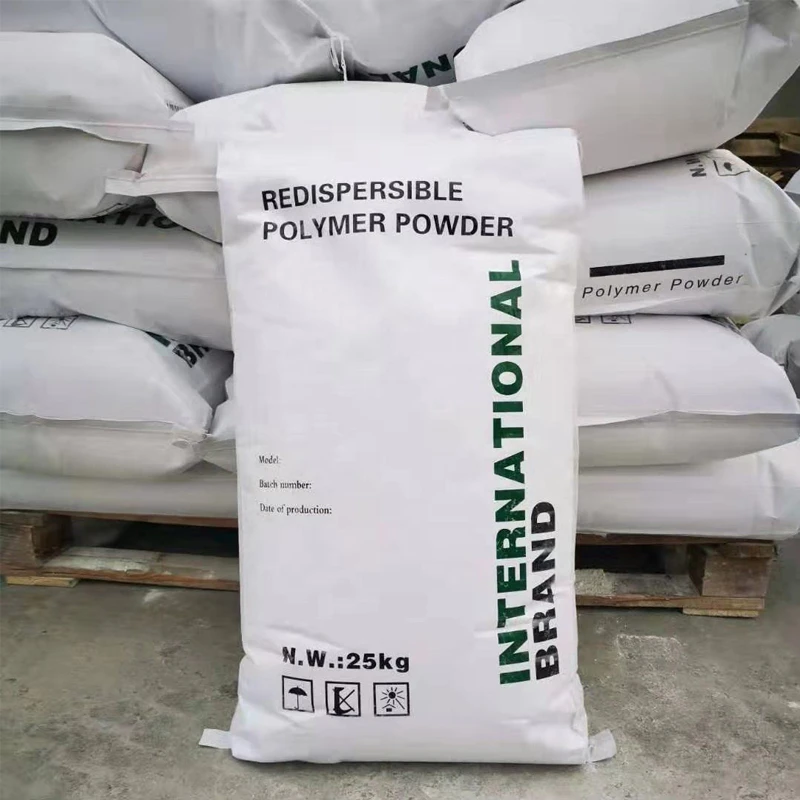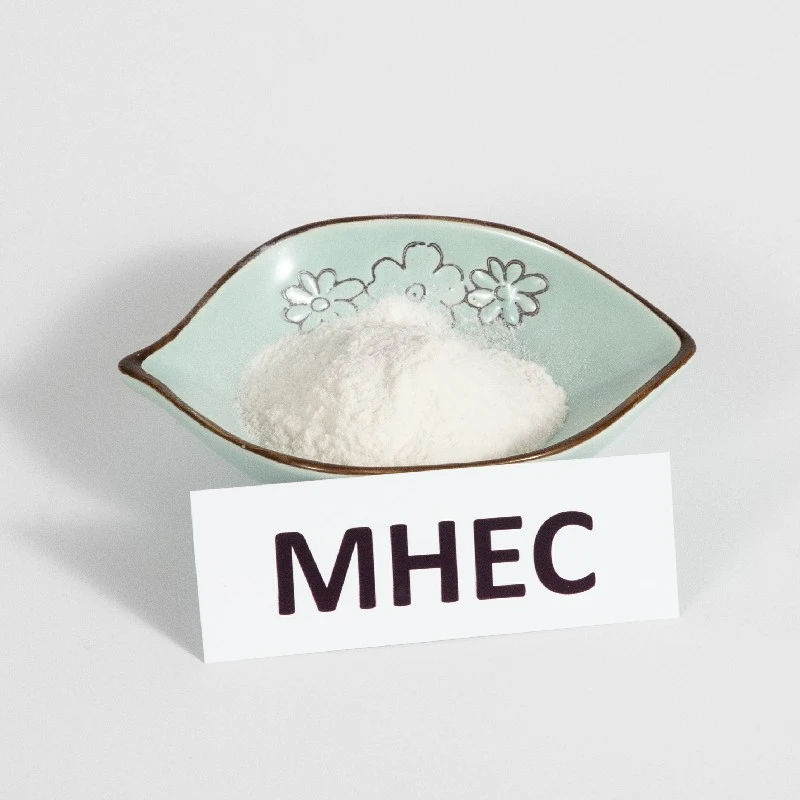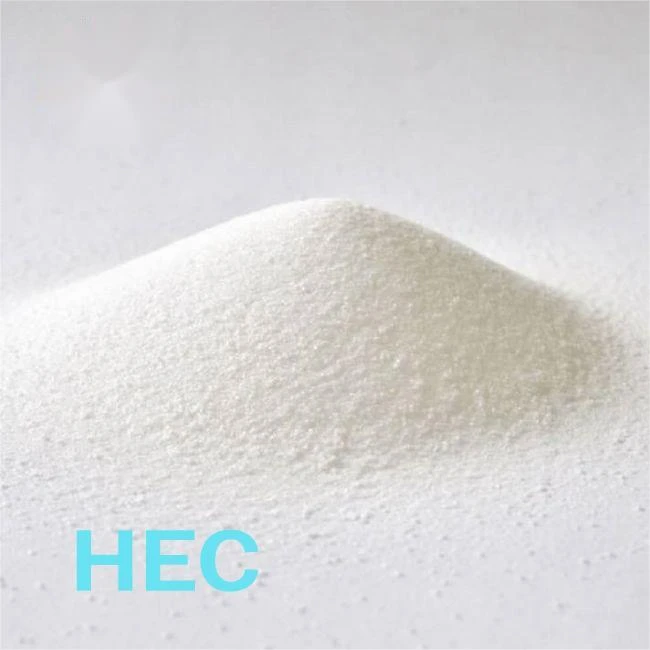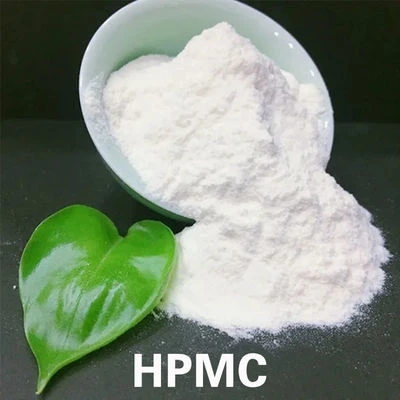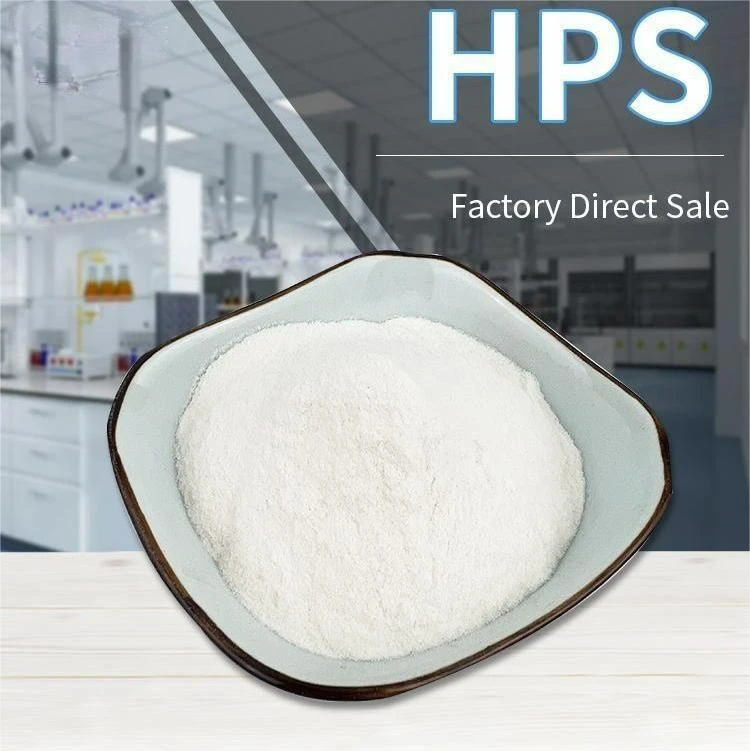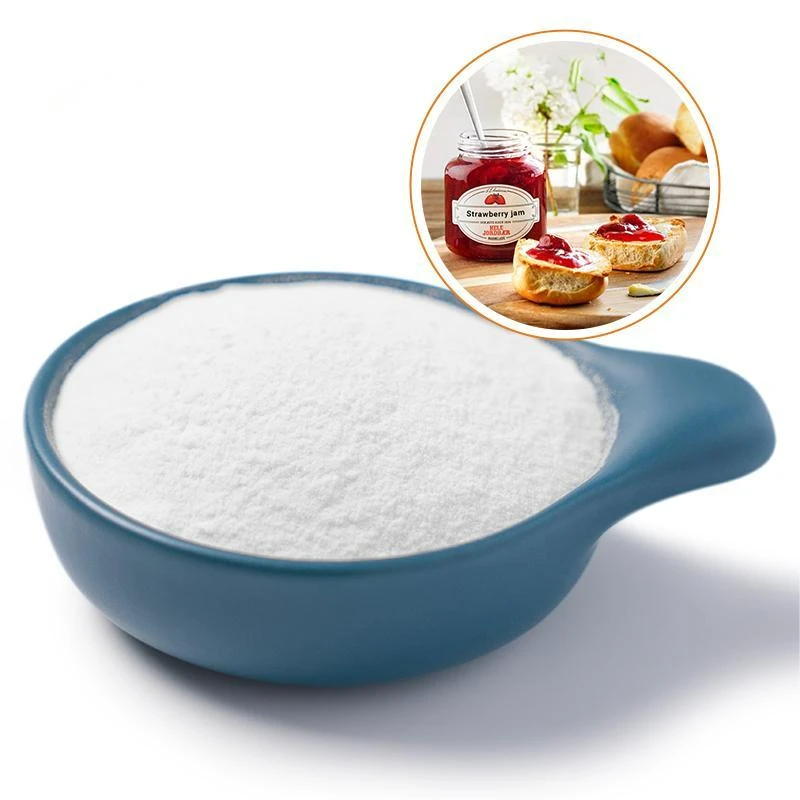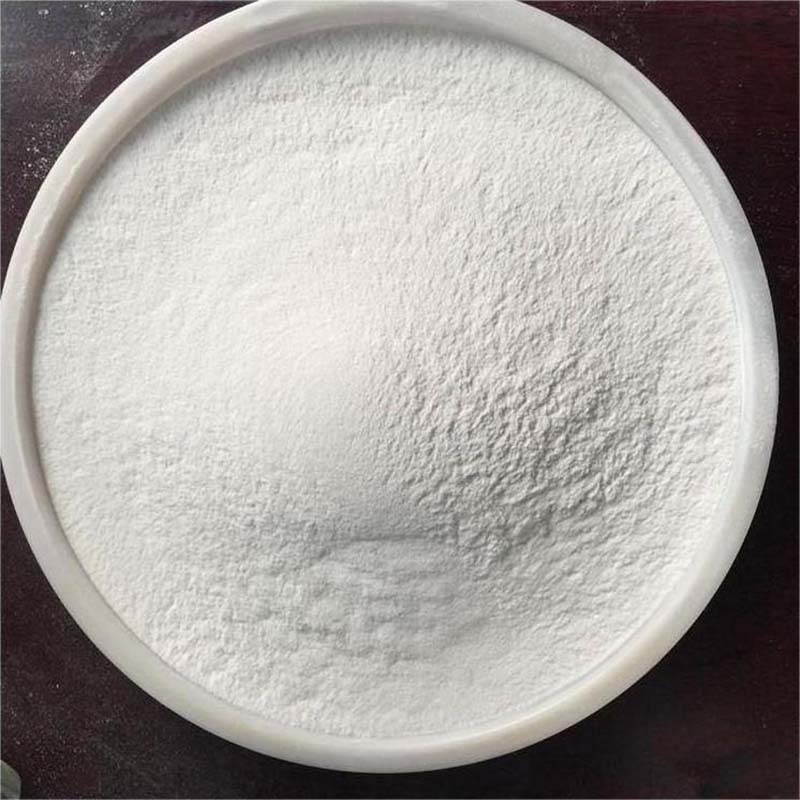Leading MHEC Manufacturers: Quality Methyl Hydroxyethyl Cellulose
Unveiling the World of MHEC in Modern Construction
In the rapidly evolving landscape of global construction, the demand for high-performance building materials is consistently escalating. At the forefront of this innovation are cellulose ethers, critical additives that dramatically enhance the workability, durability, and overall quality of various construction formulations. Among these, Methyl Hydroxyethyl Cellulose (MHEC), often referred to as methylhydroxyethyl cellulose or methyl 2 hydroxyethyl cellulose, stands out for its exceptional properties. As a non-ionic cellulose ether, MHEC is derived from natural cellulose through a series of chemical modifications, resulting in a versatile polymer widely used in applications like wall putty, tile adhesives, renders, and self-leveling compounds. Its primary functions include thickening, water retention, film formation, and providing anti-sagging properties, which are indispensable for achieving superior finish and application efficiency on construction sites. Understanding the intricate details behind its production, its diverse applications, and the competitive landscape of mhec manufacturers is crucial for procurement professionals and technical specialists aiming for optimal project outcomes. This comprehensive guide delves into the core aspects of MHEC, offering insights into its manufacturing, technical specifications, market trends, and how to identify a reliable supplier for your specific needs, such as Building Material Hemc Mhec Hec Hpmc Wall Putty Powder Hydroxyethyl Cellulose.
The increasing complexity of modern building designs, coupled with stringent environmental regulations and a focus on sustainable construction, has spurred innovation in material science. MHEC's unique molecular structure, characterized by both methoxyl and hydroxyethyl groups, provides it with a balanced hydrophilic and hydrophobic nature, enabling excellent solubility in water and superior performance in alkaline environments commonly found in cement-based systems. This dual functionality ensures that MHEC performs consistently, even under varying temperature and humidity conditions, which is a significant advantage for construction projects worldwide. Furthermore, its ability to significantly improve the open time of mortars, allowing for more precise adjustments during application, and its role in enhancing adhesion strength, are key reasons for its widespread adoption. The global market for cellulose ethers, including MHEC, is experiencing steady growth driven by the burgeoning construction sector in emerging economies and the ongoing renovation activities in developed regions. For stakeholders navigating this market, a deep dive into the capabilities and offerings of leading mhec manufacturers is indispensable, ensuring access to products that meet rigorous quality and performance benchmarks.
The Advanced Manufacturing Process of Methyl Hydroxyethyl Cellulose
The production of MHEC is a sophisticated industrial process, reflecting the technical prowess of leading mhec manufacturers. It typically begins with high-purity cellulose, often sourced from wood pulp or cotton linters, which serves as the fundamental raw material. This cellulose undergoes an initial alkalization step, where it is treated with caustic soda (sodium hydroxide) to swell the cellulose fibers and convert them into alkali cellulose. This crucial pre-treatment step activates the cellulose, making its hydroxyl groups more reactive for subsequent etherification. Following alkalization, the alkali cellulose reacts with two primary etherifying agents: methyl chloride for methylation and ethylene oxide for hydroxyethylation. These reactions are carefully controlled within a reactor under specific temperature and pressure conditions to achieve the desired degree of substitution (DS) for both methyl and hydroxyethyl groups. The precise control over DS is paramount, as it directly influences the final properties of the MHEC, such as its solubility, viscosity, gelation temperature, and water retention capabilities. Reputable mhec manufacturers meticulously optimize these reaction parameters to produce a consistent and high-quality product, ensuring that each batch meets stringent performance specifications demanded by the construction industry.
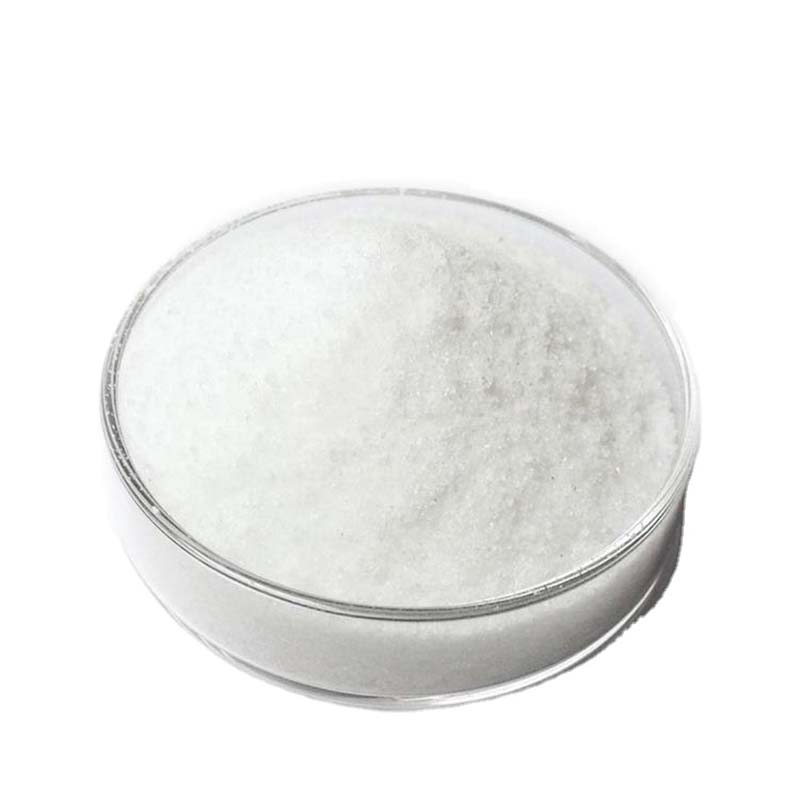
Fig 1: Modern production facility for MHEC, highlighting advanced manufacturing capabilities.
After the etherification process, the crude MHEC is subjected to a series of purification steps to remove by-products, unreacted reagents, and inorganic salts. This typically involves washing with hot water, centrifugation, and drying. The dried MHEC is then ground into a fine powder, often through specialized milling equipment, to achieve the desired particle size distribution. This fine powder format ensures excellent dispersibility and solubility when mixed into building material formulations. Quality control is integrated at every stage, from raw material inspection to final product testing. Key parameters such as viscosity, moisture content, ash content, pH, and particle size are rigorously checked against international standards like ISO 9001. Manufacturers also conduct application-specific tests, for instance, evaluating the water retention capacity in cement mortars or the anti-sagging properties in tile adhesives, to ensure the product performs optimally in real-world scenarios. This comprehensive quality assurance commitment is a hallmark of reliable methylhydroxyethyl cellulose producers, guaranteeing product consistency, long service life in applications, and overall reliability for sectors such as civil engineering, metallurgy, and water treatment, especially in its role in improving flow and workability in concrete admixtures and specialized grouts.
Key Technical Parameters and Grades of MHEC
Understanding the technical specifications of MHEC is vital for selecting the appropriate grade for a given application and for effective engagement with mhec manufacturers. The performance of MHEC is primarily defined by several key parameters, including its viscosity, degree of substitution (DS), gelation temperature, and particle size. Viscosity, measured in mPa·s (millipascal-seconds), is perhaps the most critical characteristic, dictating the thickening efficiency and rheological properties it imparts to a solution. MHEC is available in a wide range of viscosity grades, from low viscosity (e.g., 500-2,000 mPa·s) suitable for self-leveling compounds that require good flow, to high viscosity (e.g., 60,000-100,000 mPa·s) ideal for high-build renders and thick-bed tile adhesives where significant sag resistance is needed. The degree of substitution, reflecting the average number of hydroxyl groups replaced by methyl or hydroxyethyl groups, influences solubility, water retention, and thermal gelation properties. Higher degrees of hydroxyethyl substitution often result in better resistance to enzymatic degradation and improved thermal stability. Reputable methylhydroxyethyl cellulose suppliers provide detailed technical datasheets for each grade, enabling formulators to precisely match the product to their specific performance requirements, thereby optimizing the formulation and achieving desired results in terms of workability, adhesion, and durability.
| Property | Unit | Low Viscosity Grade (e.g., Pezetech PZM25K) | Medium Viscosity Grade (e.g., Pezetech PZM50K) | High Viscosity Grade (e.g., Pezetech PZM75K) |
|---|---|---|---|---|
| Viscosity (2% Solution, 20°C, NDJ-1) | mPa·s | 20,000-30,000 | 40,000-60,000 | 70,000-85,000 |
| Moisture Content | % | ≤ 5.0 | ≤ 5.0 | ≤ 5.0 |
| Ash Content | % | ≤ 3.0 | ≤ 3.0 | ≤ 3.0 |
| PH Value (1% solution) | - | 6.0-8.0 | 6.0-8.0 | 6.0-8.0 |
| Particle Size (>100 mesh) | % | ≥ 98.0 | ≥ 98.0 | ≥ 98.0 |
| Typical Applications | - | Self-leveling mortars, Gypsum plaster, Thin-bed tile adhesives, Concrete admixtures | Wall putty, Tile adhesives (normal), Exterior Insulation and Finish Systems (EIFS) mortars, Skim coats | Thick-bed mortars, Renders, Joint fillers, Special high-sag resistance putties |
The gelation temperature, also known as the thermal gelling point, is another important parameter, particularly for applications where temperature stability is a concern. MHEC exhibits reversible thermal gelation; that is, its solution thickens or gels upon heating and reverts to its original viscosity upon cooling. This property can be beneficial in certain applications, providing temporary stability. Particle size distribution affects the dissolution rate and dispersibility of the MHEC powder in water. Fine powders typically disperse and dissolve more quickly, leading to homogeneous solutions and consistent performance in formulations. Leading mhec manufacturers offer a range of particle sizes, including surface-treated and untreated options, to cater to various mixing equipment and application requirements. For instance, surface-treated grades prevent clumping and ensure smooth dispersion, which is crucial for high-speed mixing processes in industrial settings. By carefully controlling these parameters, manufacturers ensure that their MHEC products, such as Building Material Hemc Mhec Hec Hpmc Wall Putty Powder Hydroxyethyl Cellulose, provide optimal performance in diverse building materials, contributing to enhanced workability, extended open time, improved adhesion, and superior finish quality.
Applications Across Industries and Performance Advantages
Methylhydroxyethyl cellulose finds extensive application across various segments of the construction industry due to its multifunctional properties. Its primary role is to act as a thickener, binder, protective colloid, suspension agent, and water retention agent in cement-based and gypsum-based dry mix mortars. In wall putty formulations, MHEC significantly improves consistency, workability, and open time, allowing applicators more time to achieve a smooth, uniform finish without premature drying. For tile adhesives, especially those used for large-format tiles or in challenging environments, MHEC enhances adhesion strength, sag resistance, and deformability, ensuring durable and secure tile installations. Its water retention capability is crucial, preventing rapid water loss from the mortar to porous substrates like bricks or concrete blocks, thereby ensuring proper cement hydration and optimal bond development. This not only improves the overall strength of the bond but also reduces the risk of cracks and delamination. Leading mhec manufacturers continuously innovate to provide specialized grades that meet the evolving demands of various regional climates and construction practices, ensuring products like Building Material Hemc Mhec Hec Hpmc Wall Putty Powder Hydroxyethyl Cellulose deliver consistent, high-level performance.
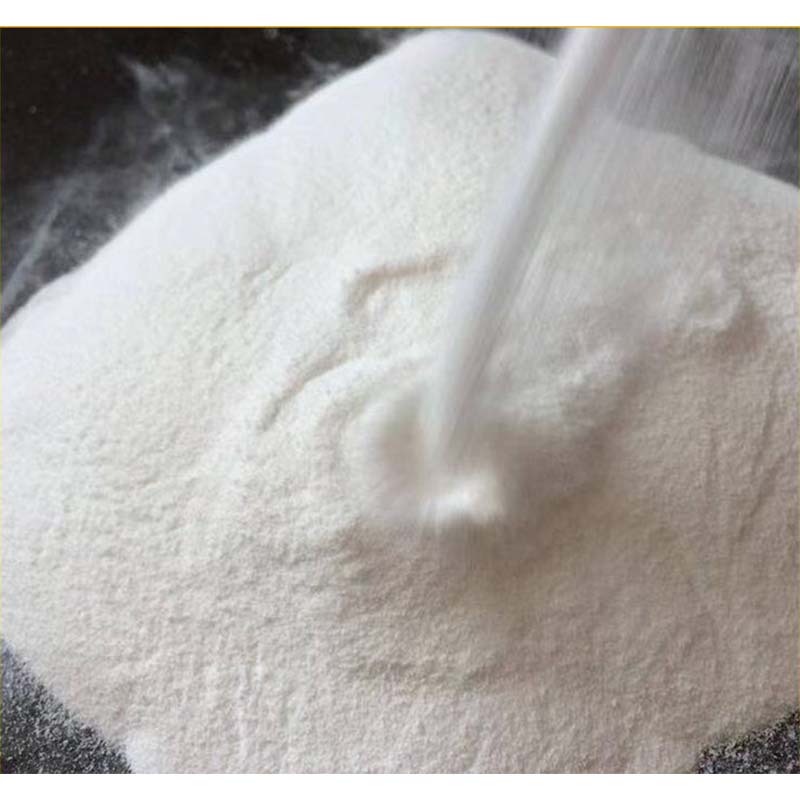
Fig 2: MHEC's crucial role in improving the workability and finish of wall putty applications.
Beyond traditional mortars, MHEC is indispensable in specialized applications such as External Thermal Insulation Composite Systems (ETICS/EIFS), where it improves the adhesion and mechanical properties of base coats and renders. Its ability to impart thixotropy means that the mortar becomes fluid under shear stress (e.g., during application) but quickly regains its consistency when the stress is removed, preventing slump and ensuring consistent layer thickness. In self-leveling compounds, specific low-viscosity grades of methyl ethyl hydroxyethyl cellulose contribute to excellent flowability and smooth surface finish without segregation. The advantages extend to concrete admixtures, where MHEC acts as a rheology modifier, enhancing pumpability and reducing bleeding. Furthermore, its application in paint and coating industries provides improved thickening, pigment suspension, and film formation properties, contributing to better coverage and durability of the finished surface. The versatility and consistent performance of MHEC across these diverse applications underscore its value as a premium additive, making the choice of reliable mhec manufacturers a strategic decision for businesses seeking to enhance product quality, improve application efficiency, and achieve superior aesthetic and functional outcomes in their projects while potentially optimizing their mhec price through bulk procurement.
Comparing Cellulose Ethers: MHEC vs. HPMC vs. HEMC
While MHEC is a prominent cellulose ether, it's essential to understand how it compares to other commonly used variants like HPMC (Hydroxypropyl Methyl Cellulose) and HEMC (Hydroxyethyl Methyl Cellulose) or HEC (Hydroxyethyl Cellulose). All three are derived from cellulose and serve as thickeners and water retention agents, but their specific chemical modifications lead to distinct performance profiles. HPMC, with its hydroxypropyl and methyl groups, is perhaps the most widely used cellulose ether in construction due to its good balance of properties, including excellent water retention, thickening efficiency, and film-forming capabilities. It offers a broad range of viscosity grades and is versatile across many applications. HEMC, or methyl ethyl hydroxyethyl cellulose, is chemically identical to MHEC and these terms are often used interchangeably by mhec manufacturers, both sharing the combined benefits of methyl and hydroxyethyl substitution. HEC, on the other hand, only has hydroxyethyl groups, making it generally more water-soluble and less sensitive to temperature changes compared to methyl cellulose derivatives, but often less efficient in cement-based systems regarding water retention and sag resistance.
| Feature | MHEC (Methyl Hydroxyethyl Cellulose) | HPMC (Hydroxypropyl Methyl Cellulose) | HEC (Hydroxyethyl Cellulose) |
|---|---|---|---|
| Substitution Groups | Methyl, Hydroxyethyl | Methyl, Hydroxypropyl | Hydroxyethyl |
| Water Retention | Excellent, high efficiency | Excellent, very common | Good, lower than MHEC/HPMC in cement systems |
| Thickening Efficiency | High, good rheology control | High, broad viscosity range | Moderate, often requires higher dosage |
| Thermal Gelation | Yes, clear and reversible | Yes, common and reversible | Generally no (unless specifically modified) |
| Sag Resistance/Anti-Slump | Very Good, especially in higher viscosity grades | Very Good, widely used for this purpose | Limited, less effective in high-build applications |
| Alkaline Stability | Excellent | Excellent | Good, but overall performance in cement mortars can be less robust than methyl derivatives |
| Typical Applications | Wall Putty, Tile Adhesives, Renders, EIFS mortars, Skim Coats | Wall Putty, Tile Adhesives, Renders, Self-leveling, Paints, Gypsum plaster | Paints, Coatings, Detergents, Personal Care, some cement-based plasters |
The choice between MHEC, HPMC, and HEC largely depends on the specific performance requirements of the final product, cost considerations, and processing conditions. While HPMC is often considered a versatile workhorse, MHEC offers a distinct advantage in some formulations due to its specific balance of hydrophilicity and hydrophobicity, contributing to superior rheology control and excellent open time in certain cement-based systems. For instance, in wall putty applications, a well-chosen MHEC grade can provide a smoother application experience and a more durable finish. The subtle differences in substitution patterns yield variations in properties such as slip resistance, emulsion stabilization, and film flexibility. Therefore, it is critical for formulators to collaborate closely with knowledgeable mhec manufacturers to determine the optimal cellulose ether for their particular application, taking into account desired performance, cost-effectiveness, and compatibility with other additives in the formulation. This careful selection ensures that products like Building Material Hemc Mhec Hec Hpmc Wall Putty Powder Hydroxyethyl Cellulose meet the highest standards of quality and efficiency.
Choosing the Right Supplier: Customization and Quality Assurance
Identifying the right mhec manufacturers is a strategic decision that impacts the quality, consistency, and cost-effectiveness of your end products. A reputable manufacturer doesn't just supply MHEC; they offer a partnership that includes technical support, customization capabilities, and rigorous quality assurance. Look for manufacturers with a proven track record of adherence to international quality management systems such as ISO 9001, which signifies a commitment to consistent production processes and continuous improvement. Certifications like REACH (Registration, Evaluation, Authorisation and Restriction of Chemicals) for European markets, or local equivalent chemical safety registrations, further validate their compliance with stringent environmental and health standards. Experience matters; manufacturers with extensive service years in the cellulose ether industry are more likely to possess the expertise to troubleshoot challenges and provide tailored solutions. Their ability to offer customized grades of methylhydroxyethyl cellulose, adjusting parameters like viscosity, surface treatment, or particle size to meet unique formulation requirements, is a significant differentiator. This level of customization can lead to optimized product performance, reduced raw material waste, and ultimately, a more competitive final product for your clients.
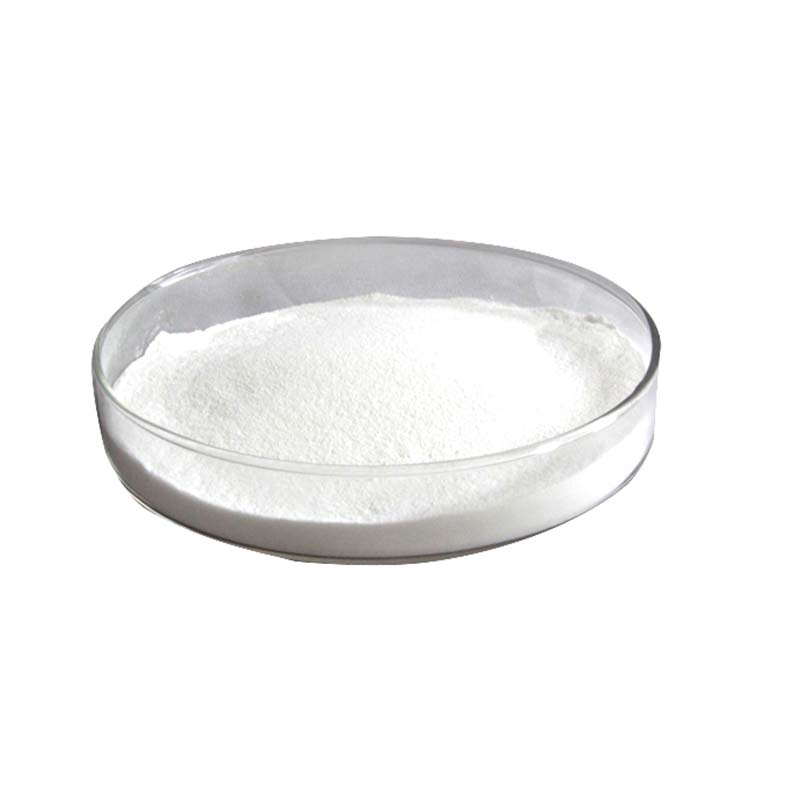
Fig 3: Quality control laboratory for MHEC, emphasizing strict adherence to industry standards.
Beyond certifications, assess a manufacturer's commitment to research and development. Innovators in the field are constantly refining production processes to reduce environmental impact, improve product performance, and offer more cost-effective solutions for the `mhec price`. Partnership with research institutions or prominent construction material companies can also be an indicator of their authoritative standing within the industry. For B2B buyers, understanding the manufacturer's typical delivery cycle is also critical for supply chain management. A reliable supplier will offer transparent lead times, efficient logistics, and robust customer support to address any inquiries or issues promptly. Furthermore, a clear warranty policy and readily available technical assistance demonstrate a manufacturer's confidence in their product and their commitment to long-term client relationships. By thoroughly vetting potential mhec manufacturers based on these criteria, businesses can ensure a consistent supply of high-quality Building Material Hemc Mhec Hec Hpmc Wall Putty Powder Hydroxyethyl Cellulose, enabling them to produce superior construction materials that meet market demands and achieve sustained success.
Case Studies and Industry Insights
The practical impact of high-quality MHEC from leading mhec manufacturers is best illustrated through real-world applications and industry insights. For instance, in a large-scale residential project in Southeast Asia facing high humidity and temperature, a specific grade of MHEC was used in the formulation of the exterior skim coat. The client had previously experienced issues with premature drying and cracking. By optimizing the MHEC content and selecting a grade with enhanced water retention and extended open time, the skim coat achieved superior workability, allowed for easier application over large surfaces, and significantly reduced crack formation, leading to an estimated 15% reduction in material waste and labor costs. Another case involved a European manufacturer of gypsum-based spray plaster, struggling with inconsistent pumpability and increased rebound during application. Through collaboration with a technical team from a specialized methylhydroxyethyl cellulose supplier, a tailored MHEC product was developed. This customized solution improved the rheology of the plaster, making it more uniform and pumpable, while also enhancing its anti-sagging properties, resulting in a smoother application process and higher efficiency on site.

Fig 4: Application of building material incorporating MHEC, showcasing improved workability and finish.
These examples highlight the tangible benefits of choosing the right MHEC supplier: not just a product, but a solution. The ability of mhec manufacturers to provide in-depth application support and product development assistance is invaluable for formulators seeking to differentiate their offerings in a competitive market. Furthermore, industry trends indicate a growing emphasis on sustainability. Manufacturers are increasingly focusing on eco-friendly production methods, such as reducing energy consumption and minimizing waste, and offering products derived from sustainably sourced cellulose. This trend also impacts the mhec price structure, as premium sustainable products might command a different value proposition. As the construction industry moves towards more complex and performance-driven materials, the role of MHEC and the expertise of its manufacturers will only grow, ensuring that innovations like Building Material Hemc Mhec Hec Hpmc Wall Putty Powder Hydroxyethyl Cellulose continue to meet the evolving demands for high-quality, durable, and sustainable building solutions globally.
Ensuring Reliability: Certifications, Support, and Warranty
For B2B procurement and technical teams, the reliability of a methyl hydroxyethyl cellulose supplier extends far beyond the initial product delivery. It encompasses a comprehensive suite of assurances that guarantee consistent quality and unwavering support. Reputable mhec manufacturers demonstrate their trustworthiness through transparent certifications. Beyond ISO 9001 for quality management, look for specific product certifications relevant to the construction industry, such as those indicating compliance with European standards (e.g., EN 12004 for tile adhesives performance) or American Society for Testing and Materials (ASTM) standards, ensuring that the MHEC will perform as expected in formulated products. Furthermore, environmental management certifications like ISO 14001 and occupational health and safety certifications like ISO 45001 (formerly OHSAS 18001) are strong indicators of a manufacturer's holistic commitment to responsible and ethical operations. These certifications not only demonstrate adherence to best practices but also build confidence in the supply chain, which is crucial for long-term partnerships.
Customer support is another pillar of reliability. A top-tier manufacturer of methylhydroxyethyl cellulose will offer readily accessible technical support to assist with product selection, formulation optimization, and troubleshooting application issues. This includes providing detailed product datasheets, safety data sheets (SDS), and certificates of analysis (COA) for every batch, confirming that the product meets specified quality parameters. A transparent delivery cycle and flexible logistics are also vital for maintaining efficient production schedules, especially for global operations, impacting the overall mhec price considering lead times and shipping costs. Companies with established global distribution networks often provide better logistical support and quicker delivery times. Finally, a clear and comprehensive product warranty policy underscores a manufacturer's confidence in their product quality and their commitment to client satisfaction. This ensures that any rare product deviations are addressed promptly and effectively, minimizing potential disruptions to your operations. By prioritizing these aspects, businesses can forge strong, dependable relationships with their MHEC suppliers, securing a steady supply of high-quality Building Material Hemc Mhec Hec Hpmc Wall Putty Powder Hydroxyethyl Cellulose and ensuring continuous success in their construction projects.
Frequently Asked Questions (FAQ) about MHEC
-
Q1: What is the primary difference between MHEC and HPMC in dry mix mortars?
While both MHEC (Methyl Hydroxyethyl Cellulose) and HPMC (Hydroxypropyl Methyl Cellulose) are highly effective in dry mix mortars, their molecular structures differ slightly due to their substituting groups. MHEC possesses methyl and hydroxyethyl groups, while HPMC has methyl and hydroxypropyl groups. This subtle difference often results in MHEC providing slightly superior rheology modification and water retention at lower dosages in specific formulations, particularly in cement-based systems where a balanced open time and anti-sagging property are critical. HPMC is generally known for its robust performance across a wider range of applications, but MHEC can sometimes offer a more tailored solution for specific needs, such as enhanced slip resistance or workability in certain high-performance tile adhesives.
-
Q2: How does MHEC contribute to the workability of wall putty?
MHEC significantly improves the workability of wall putty by acting as a thickener and water retention agent. As a thickener, it provides the necessary consistency and viscosity, preventing the putty from sagging or dripping during application on vertical surfaces. Its excellent water retention capability ensures that the water in the putty mix evaporates slowly, allowing for an extended open time. This extended open time gives applicators more time to spread and finish the putty smoothly without it drying too quickly, which is crucial for achieving a uniform and defect-free surface. It also enhances the putty's adhesion to the substrate by ensuring proper hydration of cementitious binders.
-
Q3: What factors influence the mhec price?
Several factors influence the mhec price. These include the cost of raw materials (cellulose pulp, methyl chloride, ethylene oxide), energy costs for manufacturing, the specific grade and viscosity of MHEC (higher viscosity or specialized grades often command a higher price due to more complex production processes), and the manufacturer's production scale and efficiency. Market demand and supply dynamics, as well as geopolitical factors and shipping costs, also play a significant role. Bulk purchasing can often lead to more favorable pricing from mhec manufacturers. Additionally, the level of purification and any special surface treatments can impact the final cost, as these processes add value and enhance the product's performance.
-
Q4: Are MHEC products environmentally friendly?
MHEC is derived from natural, renewable cellulose, making it a sustainable choice compared to synthetic polymers. Many leading mhec manufacturers adhere to stringent environmental standards during production, focusing on minimizing waste, optimizing energy consumption, and treating effluents. While the chemical modification process involves synthetic reagents, the end product is biodegradable. Consumers and businesses increasingly demand sustainable building materials, and MHEC's natural origin contributes positively to the environmental profile of the final construction products. Always check for environmental certifications (like ISO 14001) from your chosen supplier to ensure their commitment to ecological responsibility.
Conclusion: The Future of MHEC in Construction
The role of MHEC, or methyl hydroxyethyl cellulose, as a high-performance additive in the construction industry is undeniable and continues to grow in significance. From enhancing the workability and water retention of essential building materials like wall putty and tile adhesives to optimizing the rheology of specialized mortars and paints, MHEC provides indispensable value. The expertise and innovation demonstrated by leading mhec manufacturers are central to this success, as they consistently deliver products that meet evolving industry standards and performance demands. Through meticulous manufacturing processes, rigorous quality control, and a commitment to technical support, these manufacturers ensure that their MHEC products, such as Building Material Hemc Mhec Hec Hpmc Wall Putty Powder Hydroxyethyl Cellulose, contribute to the durability, efficiency, and sustainability of modern construction projects worldwide. As the global construction sector continues its trajectory of growth and innovation, the strategic partnership between material formulators and reliable MHEC suppliers will remain a cornerstone for achieving superior results, driving both product excellence and operational efficiency.
For B2B stakeholders, making an informed choice about `mhec manufacturers` goes beyond comparing just the mhec price; it involves a comprehensive evaluation of technical expertise, customization capabilities, adherence to international quality and environmental standards, and the provision of robust customer support and clear warranty policies. By focusing on these critical aspects, businesses can secure a stable supply of high-quality cellulose ethers that not only meet their immediate production needs but also support their long-term strategic objectives for product innovation and market leadership. The future of MHEC in construction is bright, poised to support the development of smarter, more resilient, and more environmentally conscious building solutions for generations to come.
References
- Klemm, D., Philipp, B., Heinze, T., Wagenknecht, U., & Nehls, W. (1998). Cellulose: From Biosynthesis to Advanced Materials. Wiley-VCH.
- ASTM International. (2023). ASTM C1702/C1702M, Standard Test Method for Water Retention of Mortars for Unit Masonry.
- ISO 9001:2015. (2015). Quality management systems – Requirements. International Organization for Standardization.
- Pourchez, J., Ruprich-Robert, G., & Duguet, A. (2006). Influence of cellulose ethers on the properties of lime-based mortars. Cement and Concrete Research, 36(6), 1184-1191.
- Khushefati, W. H., & Shama, M. (2018). Cellulose ethers for construction applications: A review. Construction and Building Materials, 185, 332-345.
-
The Role of Methyl Ethyl Hydroxyethyl Cellulose in Tile AdhesivesNewsAug.11,2025
-
The Future of Digital Textile Printing with Advanced Paste TechnologiesNewsAug.11,2025
-
The Chemical Modification Process of Carboxymethyl Cellulose from CelluloseNewsAug.11,2025
-
Hydroxypropyl Starch Versus Native Starch Key Differences and BenefitsNewsAug.11,2025
-
Comparing Celulosa HPMC with Other Cellulose Ether DerivativesNewsAug.11,2025
-
Chemical Composition and Structure of VAE Redispersible PowderNewsAug.11,2025

